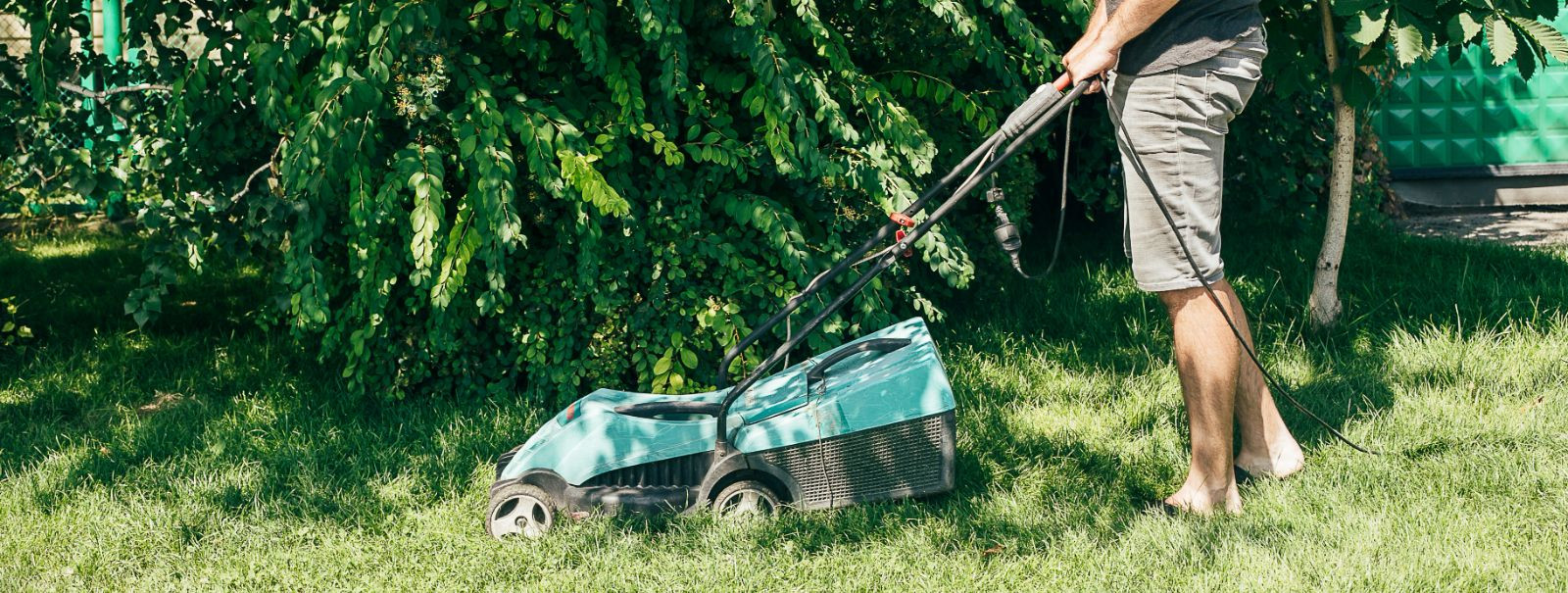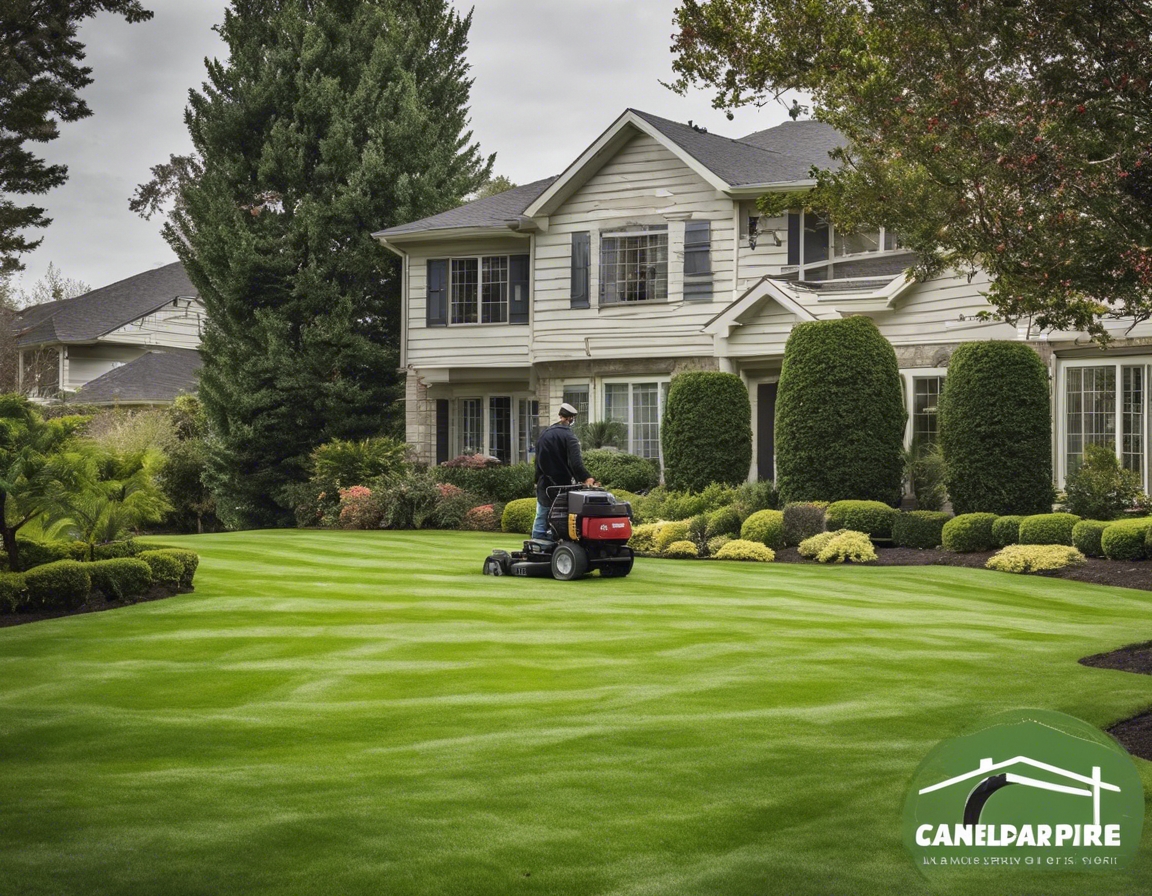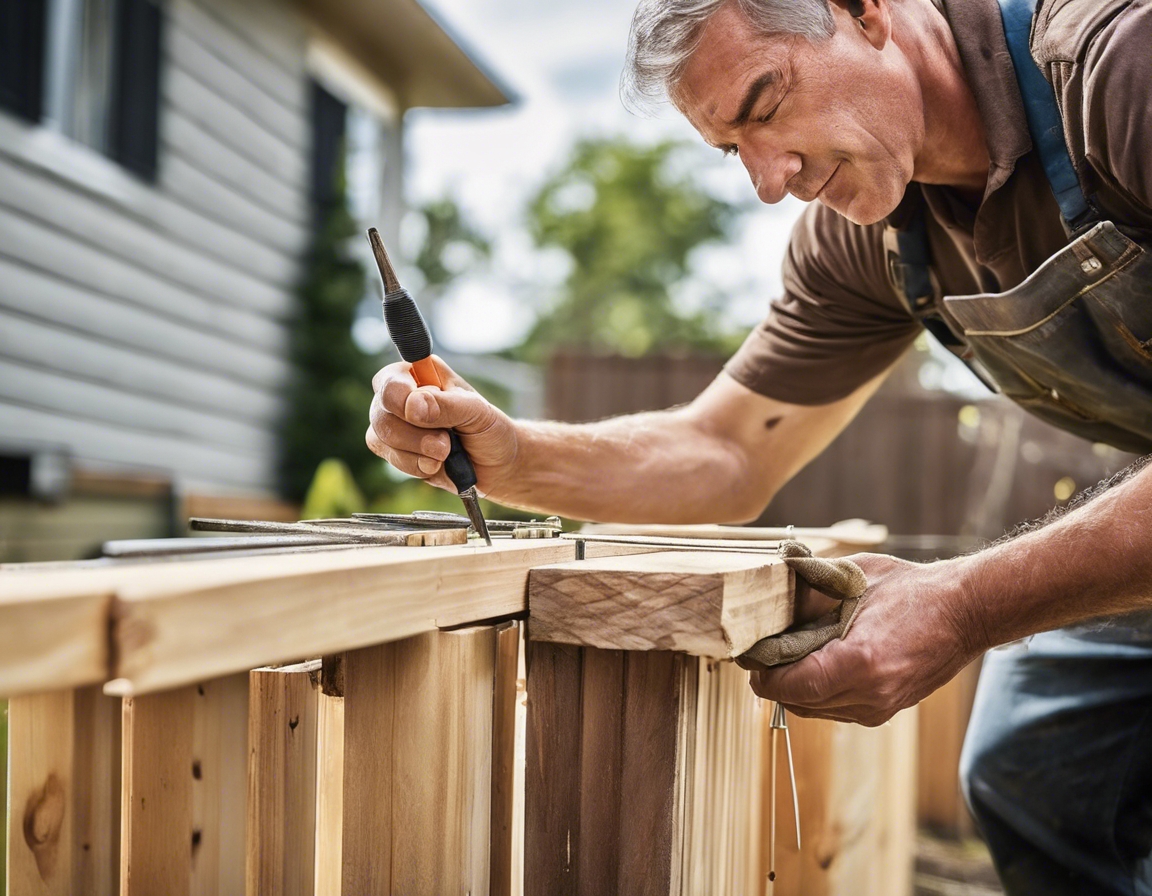The art of landscaping: transforming your outdoor space
Landscaping is the art and practice of altering the visible features of an area of land to create an environment that is both aesthetically pleasing and functional. It encompasses a range of activities from simple garden care to complex design and installation of various elements like plants, trees, and hardscapes.
Landscaping is not just about beautifying a space; it's about creating an outdoor environment that enhances the quality of life for those who use it. It can increase property value, improve environmental quality, and provide a serene retreat from the hustle and bustle of daily life.
Understanding Your Outdoor Space
Before embarking on a landscaping project, it's crucial to understand the current state of your outdoor space. This involves assessing the terrain, existing vegetation, and any architectural features that can influence the design.
Having a clear vision for your outdoor space is essential. Whether you're looking for a place to entertain, a peaceful garden to relax, or a functional area for activities, your vision will guide the landscaping process.
Design Principles in Landscaping
Creating a cohesive look that ties all elements of your outdoor space together is key. This can be achieved through the use of consistent materials, repeating patterns, or a common color scheme.
Balance is about creating a sense of equality, while proportion refers to the size relationship between elements within the landscape. Both are important for achieving a pleasing aesthetic.
The use of color can evoke different moods, while texture and form add depth and interest to the landscape. Combining these elements thoughtfully can create a dynamic and inviting outdoor space.
Landscaping Elements
Softscaping involves the living elements of the landscape, such as plants, shrubs, and trees. It's the backbone of any landscaping project and requires careful consideration of plant selection and placement.
Hardscaping includes the non-living elements like patios, walkways, and walls. These features provide structure and can define spaces within your outdoor area.
Water features such as fountains, ponds, and waterfalls can add a sense of tranquility and movement to your landscape.
Strategically placed lighting can enhance the beauty of your landscape, increase safety, and extend the usability of your outdoor space into the evening hours.
Choosing the Right Plants
Selecting plants that are well-suited to your area's climate and soil conditions is crucial for a sustainable landscape. This ensures that your plants will thrive with minimal intervention.
Planning for seasonal changes can keep your landscape looking its best year-round. Consider plants that offer visual interest in different seasons, whether it's spring blooms, summer foliage, fall color, or winter structure.
Maintenance and Sustainability
Regular maintenance is necessary to keep your landscape looking its best. This includes tasks like pruning, weeding, and fertilizing.
Adopting eco-friendly landscaping practices can reduce your environmental impact. This includes using native plants, minimizing water usage, and avoiding harmful chemicals.
Professional Landscaping Services
Hiring professional landscapers can save time and ensure that your outdoor space is designed and maintained to the highest standards.
When choosing a landscaping company, look for experience, a portfolio of completed projects, and positive customer reviews. SEINVEL GROUP OÜ offers expertise in creating beautiful, functional landscapes that meet the needs of homeowners and business owners alike.






Comments (0)